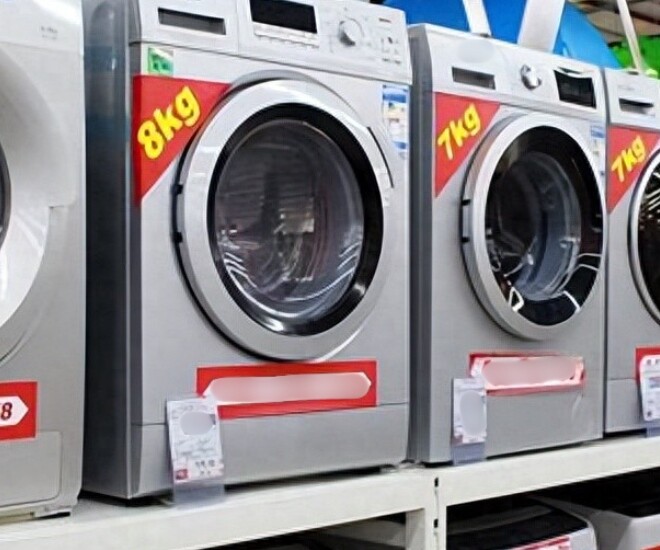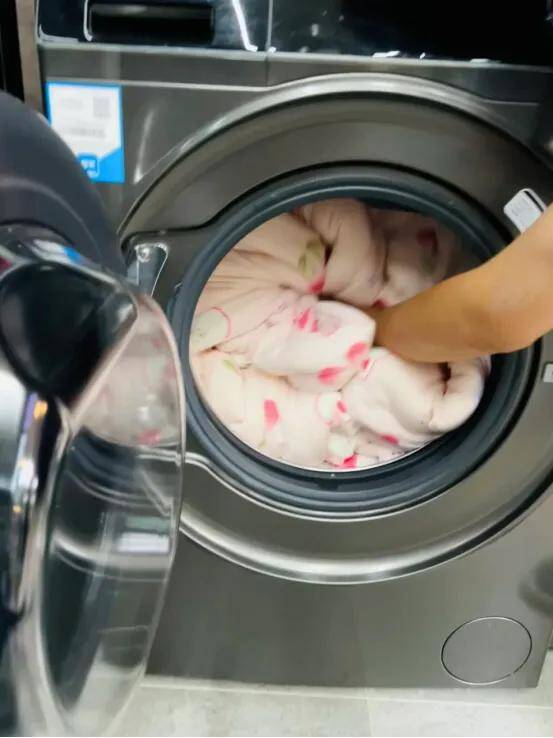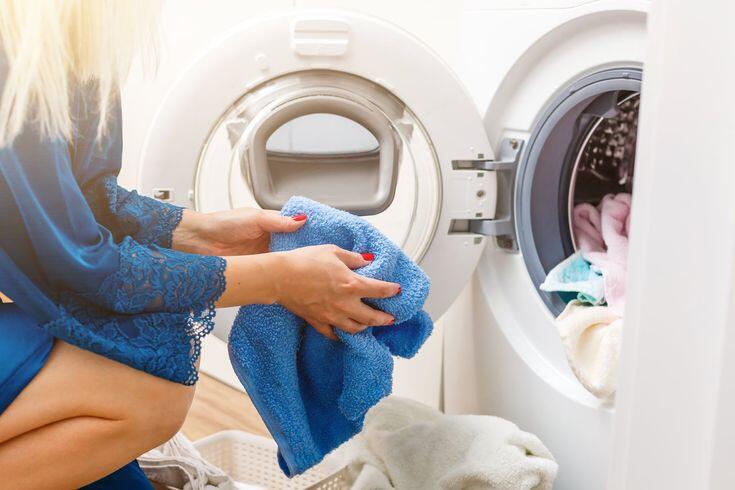What Does the “KG” Symbol on a Washing Machine Mean?

To be precise, “KG” on a washing machine refers to the dry weight of clothing, which is the maximum dry weight of laundry that the machine can safely and efficiently wash. So, can all 10KG washing machines wash the same amount of dry laundry weighing 10KG? Not necessarily. Even if they are both 10KG machines, the internal drum capacity may differ, and some unbranded machines may even be mislabeled. However, in all cases, overloading the machine beyond its capacity can lead to overburdening, affecting cleaning efficiency and potentially damaging the washer!
It’s noteworthy that the national standard for washing machines (GB/T4288-2018 “Household and Similar Electrical Appliances – Washing Machines”), which came into effect on October 1, 2018, changed the volume of the washing machine’s drum (tub) from the initial rated washing capacity (unit: kilogram, kg) to the rated drum (tub) volume (unit: liter, L). This also means that when buying a washing machine, we can better understand the information about its washing capacity and avoid purchasing a machine with incorrect washing capacity.
Important Considerations for Daily Washing Machine Use:
1. Before washing clothes, avoid filling the drum to its maximum capacity. After adding dry, dirty laundry, leave at least 20% space. Ideally, fill it to about 70%. Too many clothes will affect the washing speed and the desired washing outcome.
2. When washing clothes, do not place heavy objects on top of the washing machine.
3. After washing, it’s best to dry the clothes as soon as possible. If left damp for over 3 hours, bacteria growth and secondary pollution may occur.
4. Ensure regular cleaning and maintenance of your washing machine.
5. If you purchase a washer-dryer, note that a 10KG machine can only dry 6-7KG of laundry.

Key Considerations When Buying a Washing Machine:
1. Brand and Type
When purchasing a washing machine, don’t just focus on the price. Brand is an important assurance of quality.
As for whether to choose a top-loading or front-loading washing machine, it mainly depends on your personal preferences. I believe each type has its pros and cons. Top-loading machines are more suitable for those who prioritize washing functions, cleaning efficiency, and clothing care. Front-loading machines are a better fit for individuals with back pain, seeking convenience and cost-effectiveness. You can make your choice based on your needs and budget.
2. Motor
The motor is the heart of a washing machine, directly impacting its performance and user experience. Common washing machine motors include BLDC variable-frequency motors and direct-drive variable-frequency motors.
BLDC variable-frequency motors use a traditional belt drive, resulting in lower drive efficiency and noise, but they are relatively mature and less prone to breakage.
3. Energy Efficiency and Cleaning Ratio

Like all other electrical appliances, it’s best to purchase a washing machine with top energy-saving performance. An energy-efficient, level-one washing machine consumes less energy during use. Assuming a 5-year lifespan, the water and electricity saved over that period can also translate to significant cost savings.
The cleaning ratio is another important parameter to consider. You can usually find the washing ratio on the energy efficiency label. The higher the value, the stronger the cleaning capability. Of course, the cleaning ratio standards differ for top-loading and front-loading machines. Choose a top-loading washer with a washing ratio greater than 0.8 and a front-loading washer with a ratio greater than 1.03.






































